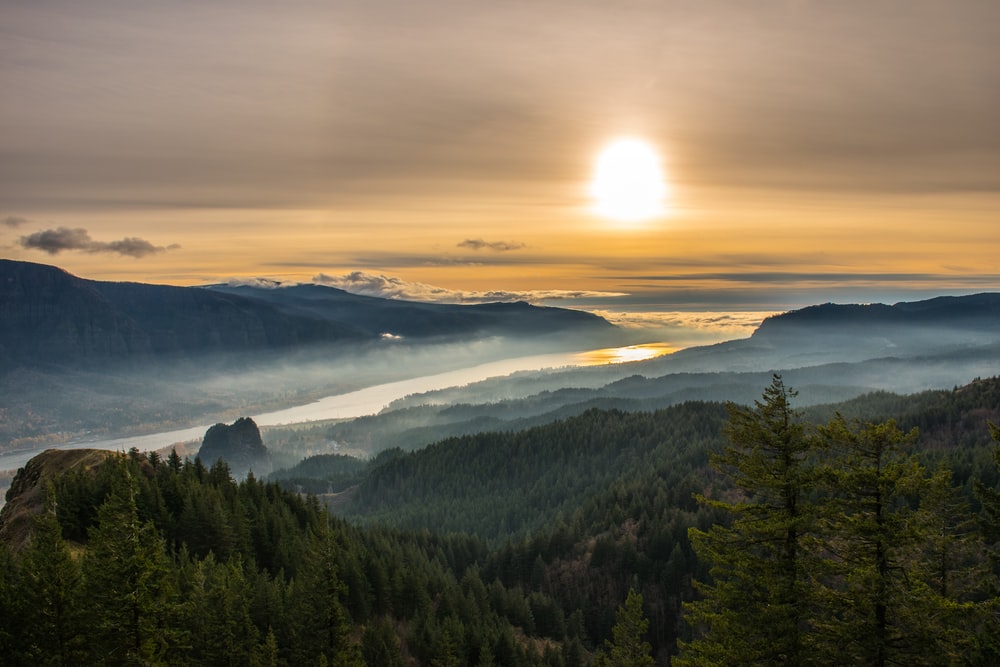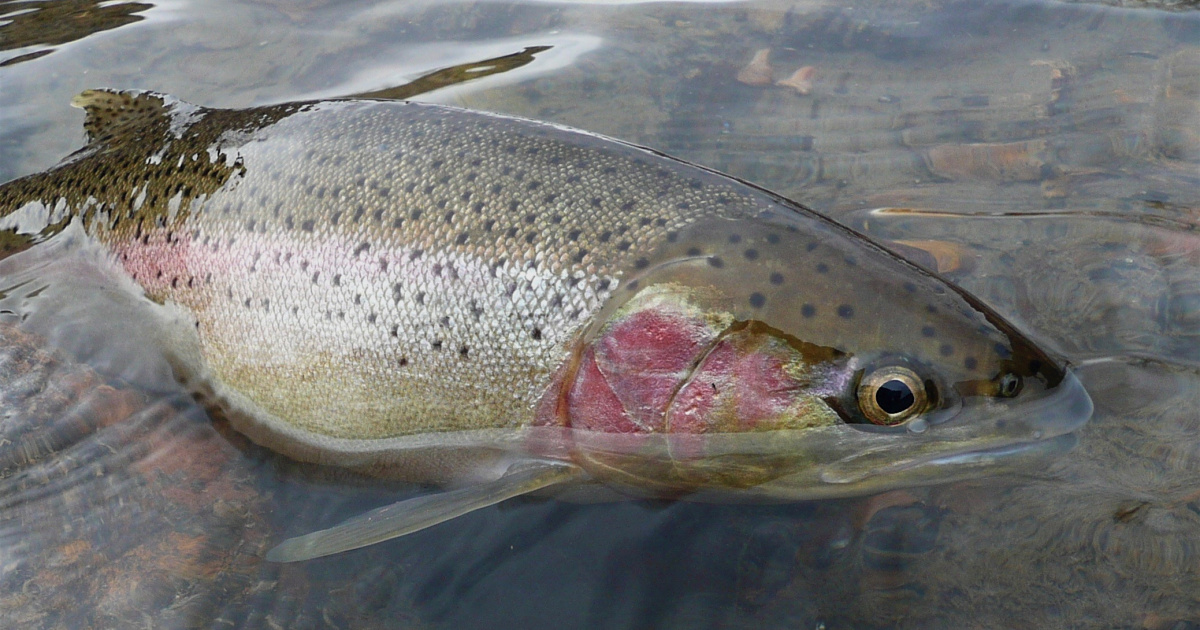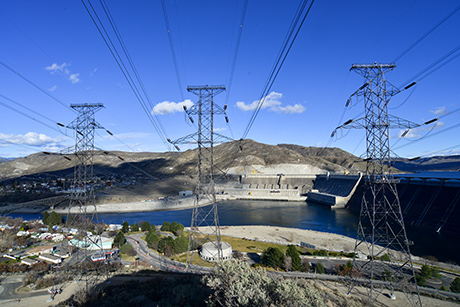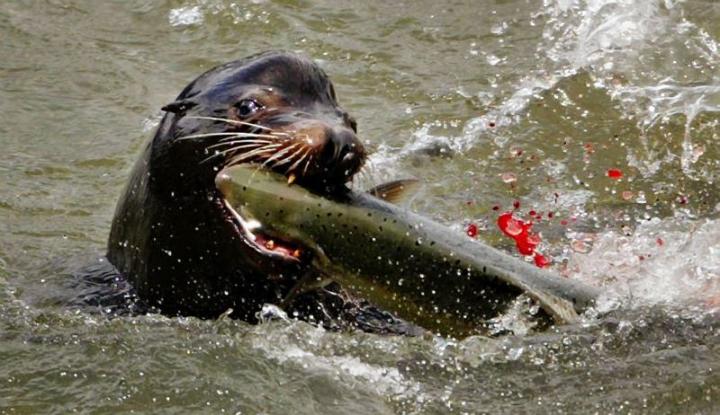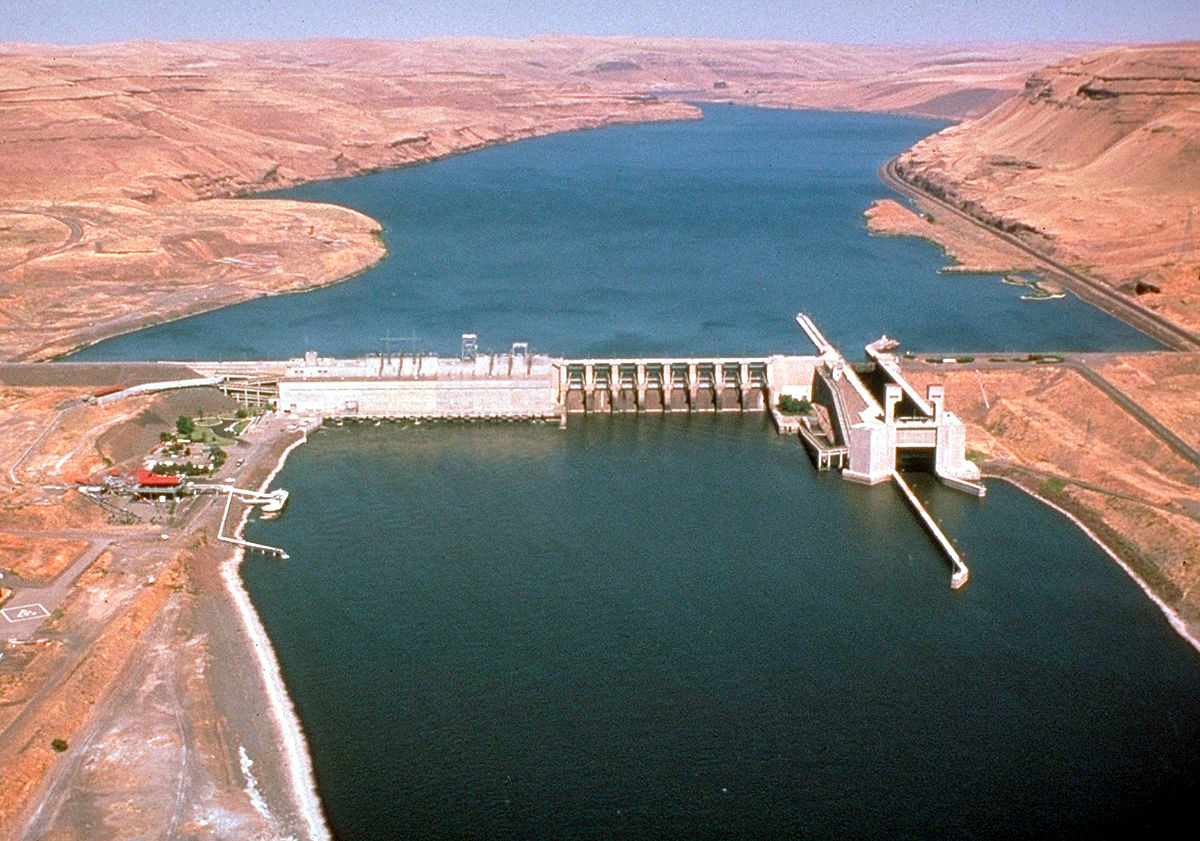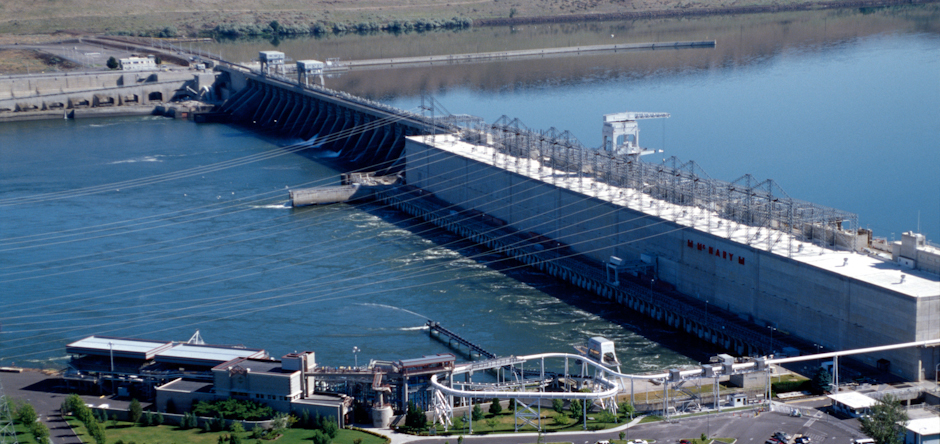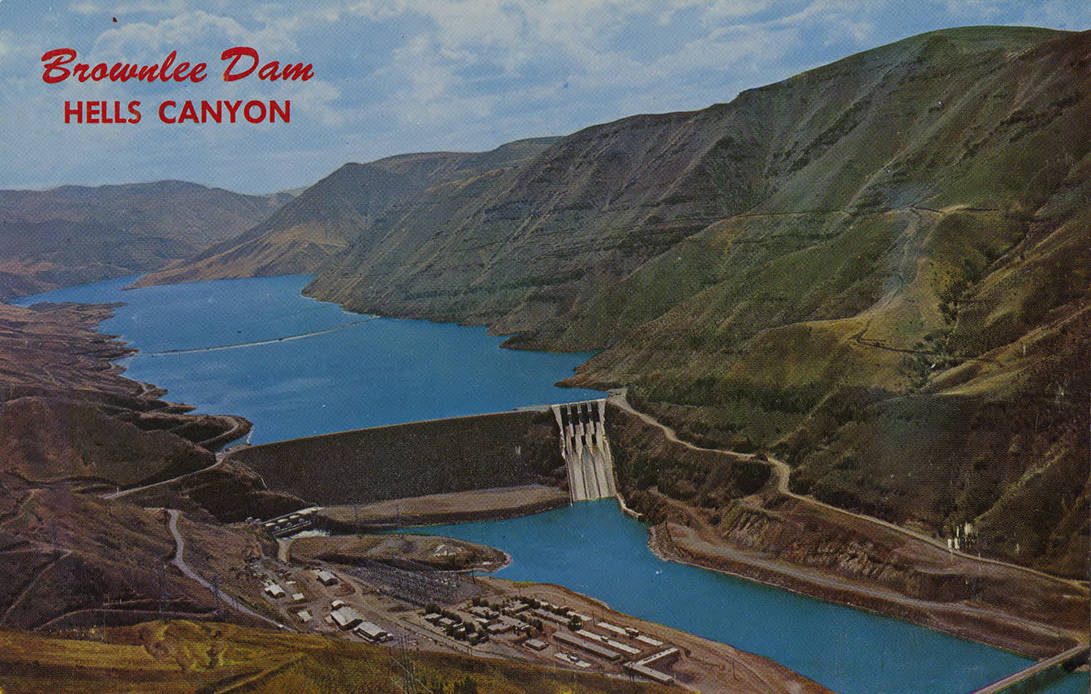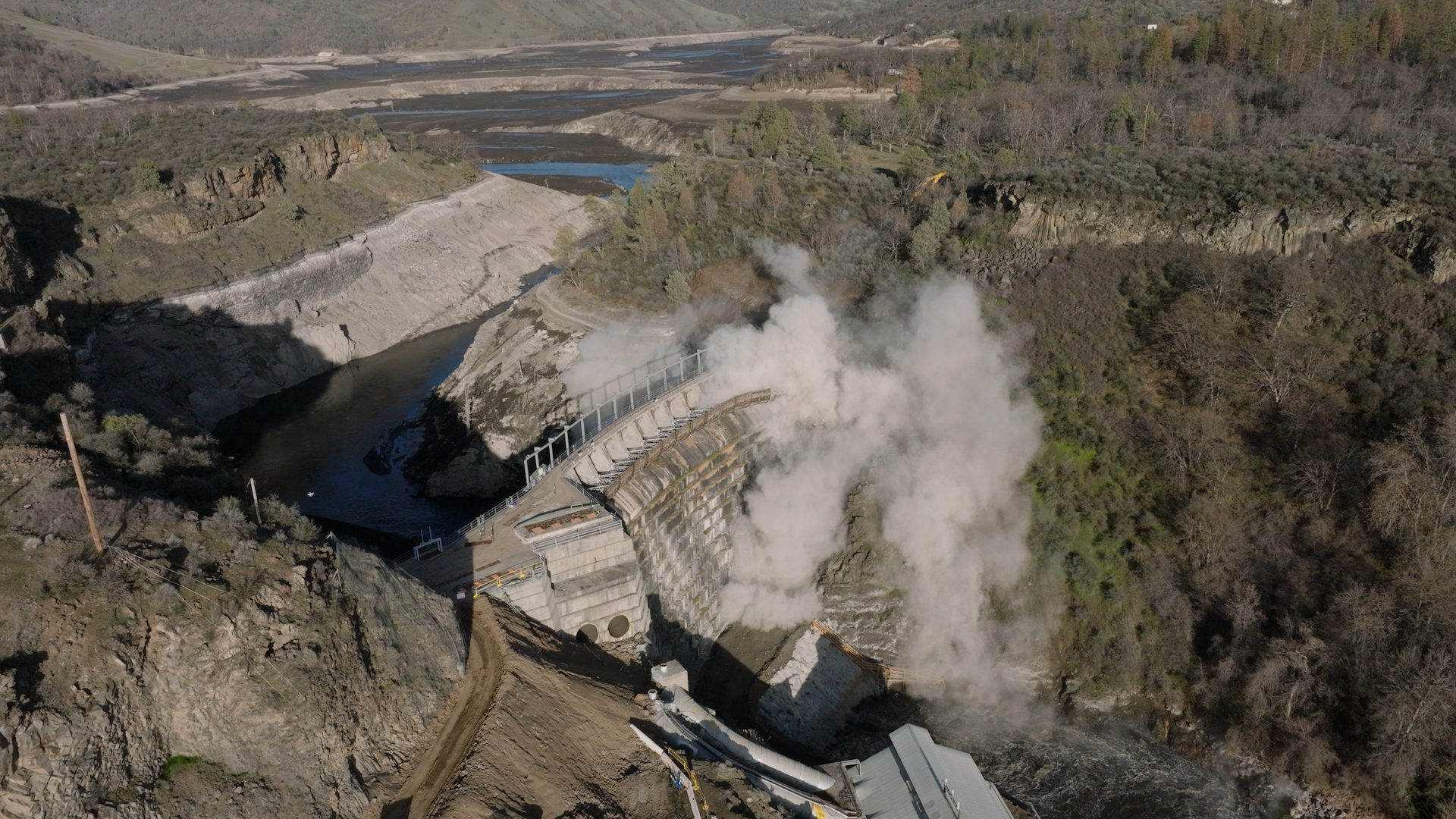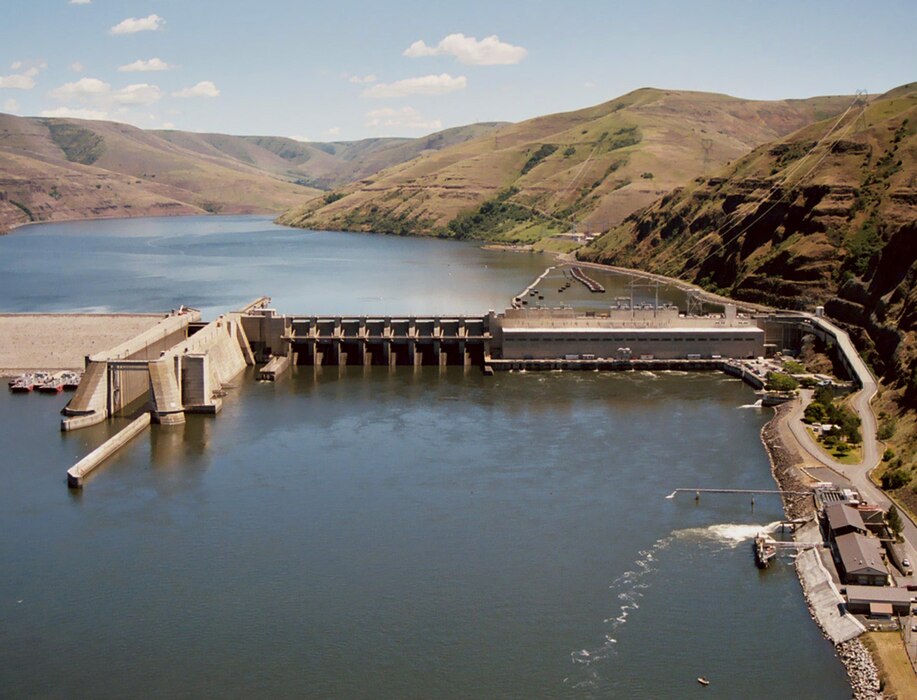Status Report: Though Some SW Washington Steelhead, Salmon Populations Under ESA Show Improved Numbers Since Listing, None Anywhere Near Recovery
April 18th, 2024
The status of southwest Washington salmon and steelhead listed under the federal Endangered Species Act is generally stable, although none of these fish populations are close to meeting recovery goals, says a recent report by the Lower Columbia Fish Recovery Board and the Washington Department of Fish and Wildlife.
Imperiled Steelhead Migrating Up Columbia/Snake River Show Lowest Survival Bonneville Dam To McNary Dam, Miss Survival Targets
April 18th, 2024
Asotin Creek adult summer steelhead survival is at its lowest in the Bonneville Dam pool as the fish migrate upstream to the Snake River tributary, according to a presentation last week that focused on survival of steelhead listed as threatened under the federal Endangered Species Act. Temperature and harvest (catch and release mortalities) are cited as the main reasons for steelhead struggles in the Bonneville Pool.
With A Forecasted Lower Water Year For Lower Columbia River During Juvenile Fish Migration, Additional Flow Aug From Lake Roosevelt Approved
April 18th, 2024
With lower-than-average water flow in the lower Columbia River expected during the spring juvenile salmon and steelhead outmigration, fishery managers at the interagency Technical Management Team last week asked for additional flow augmentation from Lake Roosevelt, the reservoir backed up behind Grand Coulee Dam on the upper river, to aid fish migration.
Sea Lion Trapping Begins; 2023 Pinniped Report Notes Predation Impacts To ESA Steelhead Twice As Severe Compared To Spring Chinook
April 5th, 2024
As states and tribes begin trapping and euthanizing sea lions in the Columbia River near Bonneville Dam this week, the U.S. Army Corps of Engineers released its 2023 report on last year’s pinniped abundance and predation of salmon and steelhead. The report covers the period July 2022 through May 2023 and shows that the 104 sea lions observed during the 2023 reporting period is the highest since 2018, when the number was 134.
Corps Says Report On Greenhouse Gases From Lower Snake Reservoirs Misleading; ‘Relatively Clean Reservoirs In Columbia/Snake River’
April 5th, 2024
The U.S. Army Corps of Engineers says that a report by a new group that recently asserted the four lower Snake River dams are a major source of greenhouse gases, particularly methane gas, largely used emission figures from dams and reservoirs outside of the Columbia and Snake river basins.
During Extended Outage Corps Completes Major Work On Aging McNary, Lower Snake Dams’ Locks To Reduce Risk Of ‘Asset Failure’, Navigation Reopened
April 5th, 2024
The U.S. Army Corps of Engineers, Walla Walla District, reopened navigation locks on the Columbia and Snake rivers on March 29 after an eleven-week outage. This extended outage allowed the district to perform routine maintenance and to replace aged equipment to reduce the risk of asset failure.
Dam-Sheds: Tribes Report Calculates Loss Of Spring/Summer Chinook On Upper Snake River Due To Dams At 1.4 Million Fish
March 22nd, 2024
An estimated 1.4 million spring/summer Chinook salmon were lost after multiple dams were constructed on the upper Snake River, according to a loss assessment recently completed by the Upper Snake River Tribes Foundation.
Work Progresses On Removing Second Of Four Dams On Klamath River; Copco No. 1 Should Be Gone By End Of Summer
March 22nd, 2024
Following a successful test blast, the Klamath River Renewal Corporation will proceed with the removal of the Copco No. 1 Dam, the second dam to be removed as a part of the Klamath dam removal project. The Copco No. 1 Dam, constructed in 1918 for the sole purpose of hydroelectric power generation, has blocked fish passage for over 100 years and is expected to be fully removed by the end of August.
New Report By Group Favoring Breaching says Lower Snake Dams, Reservoirs Major Source Of Greenhouse Gases
March 22nd, 2024
A new report says that the four lower Snake River dams are not as environmentally friendly as dam advocates tout.

